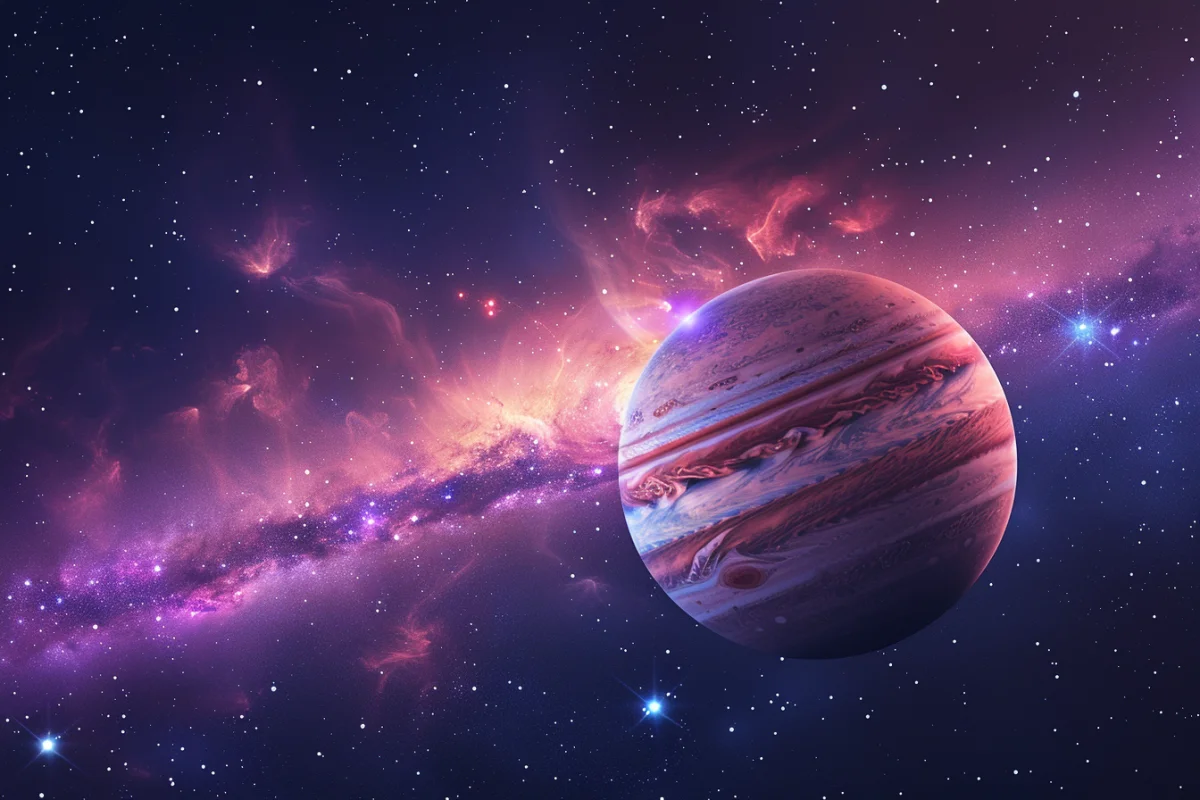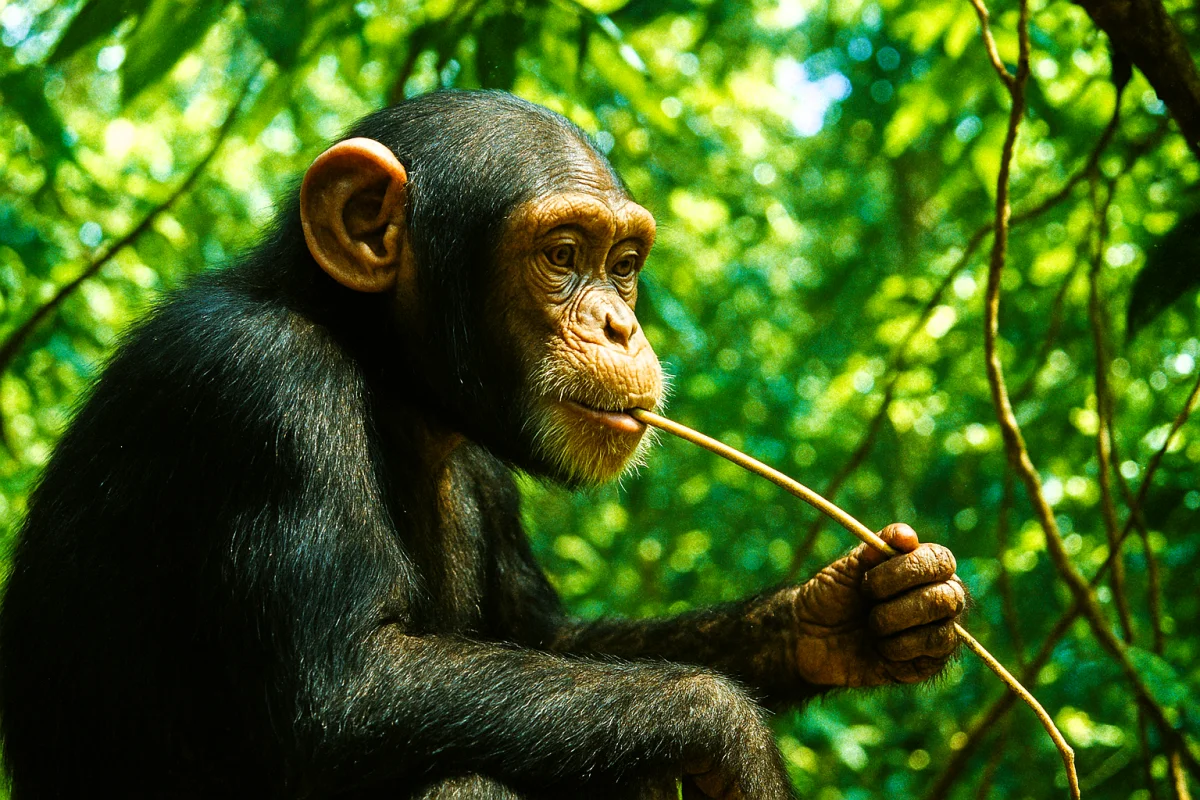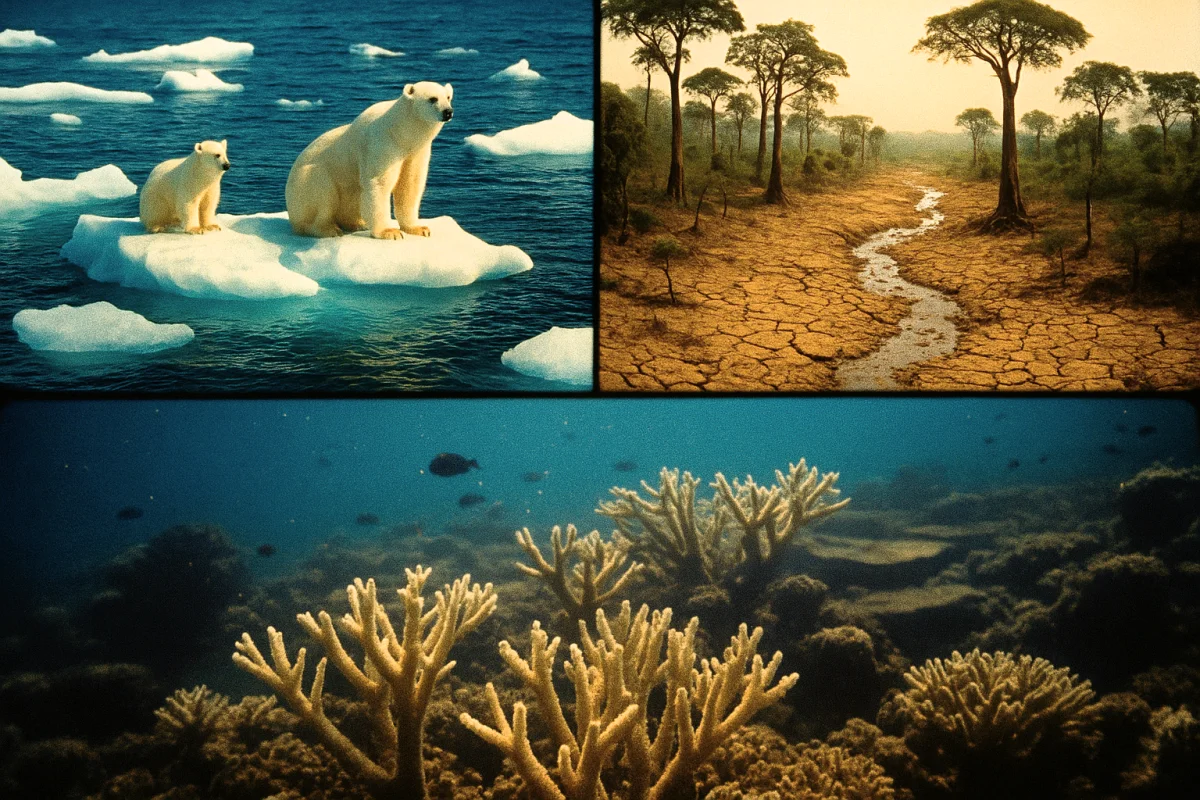A Rare Jupiter-Mass Planet at the Edge of the Galaxy — The Power of Gravitational Microlensing
Could there really be a Jupiter-like planet hiding 3,200 light-years beyond the main star fields? The answer is yes. AT2021uey b, 1.3 times the mass of Jupiter, completes its orbit around an M-type star every 11.4 years. Its discovery relied on gravitational microlensing, a method rooted in Einstein’s theory of relativity that lets astronomers “reveal the invisible,” as astronomer Marius Maskoliaunas describes it. This is an exceptionally rare method — only the third time such a planet has been found this way. The discovery challenges our understanding of both planetary formation and galactic structure.

Discovery Details and Significance
AT2021uey b was first detected in 2021 by ESA’s Gaia and confirmed with Lithuania’s Molėtai Observatory data. It has an orbital distance of 4.01 AU, a mass of roughly 1.34 Jupiter, and its star is marked by unusually low metallicity — rare for such gas giants.
Why Is This Discovery So Rare?
Three key reasons:
- Microlensing requires an incredibly precise alignment between star and planet.
- The planet’s location — in the galactic halo, far from the central bulge — is unusual.
- A gas giant in this region is unexpected, showing that planetary formation is far more diverse than previously thought.
Future Prospects
AT2021uey b is fueling new missions from NASA and ESA, aiming to uncover even more extreme worlds. As gravitational lensing research expands in 2025 and beyond, astronomers expect to find more rare exoplanets, deepening our understanding of how planetary systems are born.
Conclusion
AT2021uey b proves the galaxy holds more mysteries than we ever imagined. A Jupiter-mass planet discovered via gravitational lensing at a distance of 3,200 light-years — this is a signpost for the next era of astronomy, where even the “invisible” worlds are within reach.
📌 What do you think — is microlensing the key to more discoveries, or is there another path to finding these “hidden” stellar companions? Share your thoughts in the comments!
✍ Thornike • July 29, 2025
✍ Article Author
- Registered: 27 April 2025, 10:30
- Location: Georgia




 Tornike
Tornike